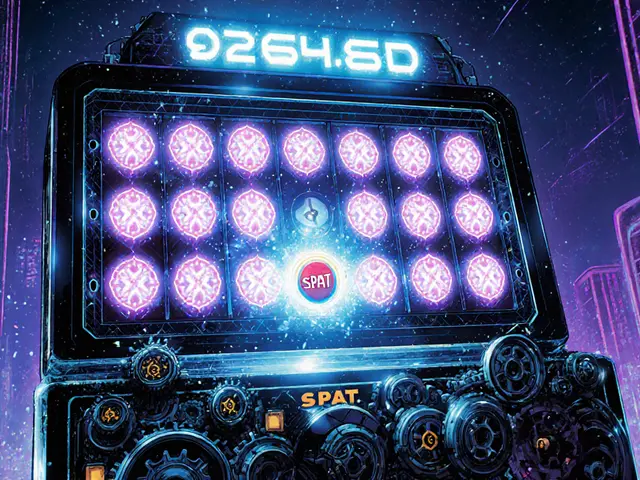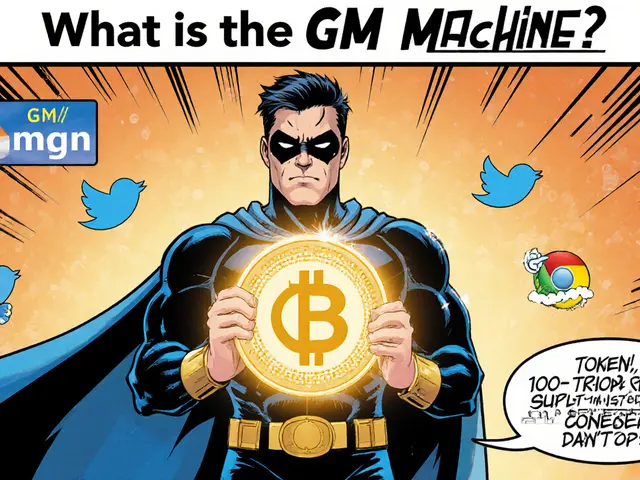QNT Token – Everything You Need to Know
When you hear about the QNT token, the native cryptocurrency of the Quant Network that fuels cross‑chain communication and enterprise blockchain solutions. Also known as Quant, it serves as a bridge between isolated ledgers, letting data move securely without rewriting smart contracts. The Quant Network, a platform focused on blockchain interoperability and digital‑asset management builds the infrastructure that makes QNT valuable for banks, supply‑chain firms, and DeFi projects alike. In short, QNT token enables seamless interaction between public and private chains, a need that’s growing fast as more companies adopt blockchain tech.
Why Tokenomics Matter for QNT
The QNT tokenomics, a capped supply of 14.6 million tokens, a staking‑free model, and a utility‑first design shape its price behavior. Unlike many meme coins that reward holders with higher inflation, QNT’s fixed supply creates scarcity, while its utility—paying for network licences and accessing Quant’s Overledger SDK—drives real demand. Enterprises purchase QNT to unlock multi‑chain applications, and the price often reflects macro trends in enterprise blockchain adoption. Because there’s no mining reward or PoS inflation, the main supply‑side factor is the rate at which new licences are sold. This creates a clear link: higher corporate uptake → higher token demand → price pressure. Investors also watch QNT’s on‑chain activity, like the number of licences issued per quarter, as an indicator of future value.
Beyond tokenomics, QNT sits at the intersection of several hot topics. Blockchain interoperability, the ability for separate blockchains to exchange data and assets without a central intermediary is the core problem Quant solves. As more public chains (Ethereum, Binance Smart Chain, Solana) and private ledgers (Hyperledger, Corda) emerge, the need for a universal translator grows. QNT also feeds into the wider digital assets, any tokenized value that can be moved, stored, or used across blockchain ecosystems ecosystem, enabling token holders to move value across siloed platforms without selling and rebuying. This cross‑chain capability is a key driver for DeFi platforms that want to offer multi‑chain liquidity pools, and for enterprises that need to integrate legacy systems with new blockchain services. In practice, a supply‑chain manager can use Overledger to verify product provenance on a private ledger while simultaneously recording the same event on a public chain for transparency, all powered by QNT‑paid licences.
What does all this mean for you? The articles below dive into QNT’s price trends, deep‑dive tokenomics, real‑world use cases, and how the Quant ecosystem stacks up against other interoperability projects. Whether you’re a trader looking for short‑term signals, a developer curious about Overledger’s SDK, or an enterprise scout evaluating cross‑chain solutions, you’ll find concrete data, risk assessments, and actionable insights. Let’s explore the collection and see how QNT token fits into today’s blockchain landscape.

Quant (QNT) is a blockchain interoperability platform that uses the QNT token to connect private and public ledgers. Learn how Overledger works, its use cases, token economics, and how it stacks up against Polkadot, Cosmos, and Chainlink.
Continue Reading





